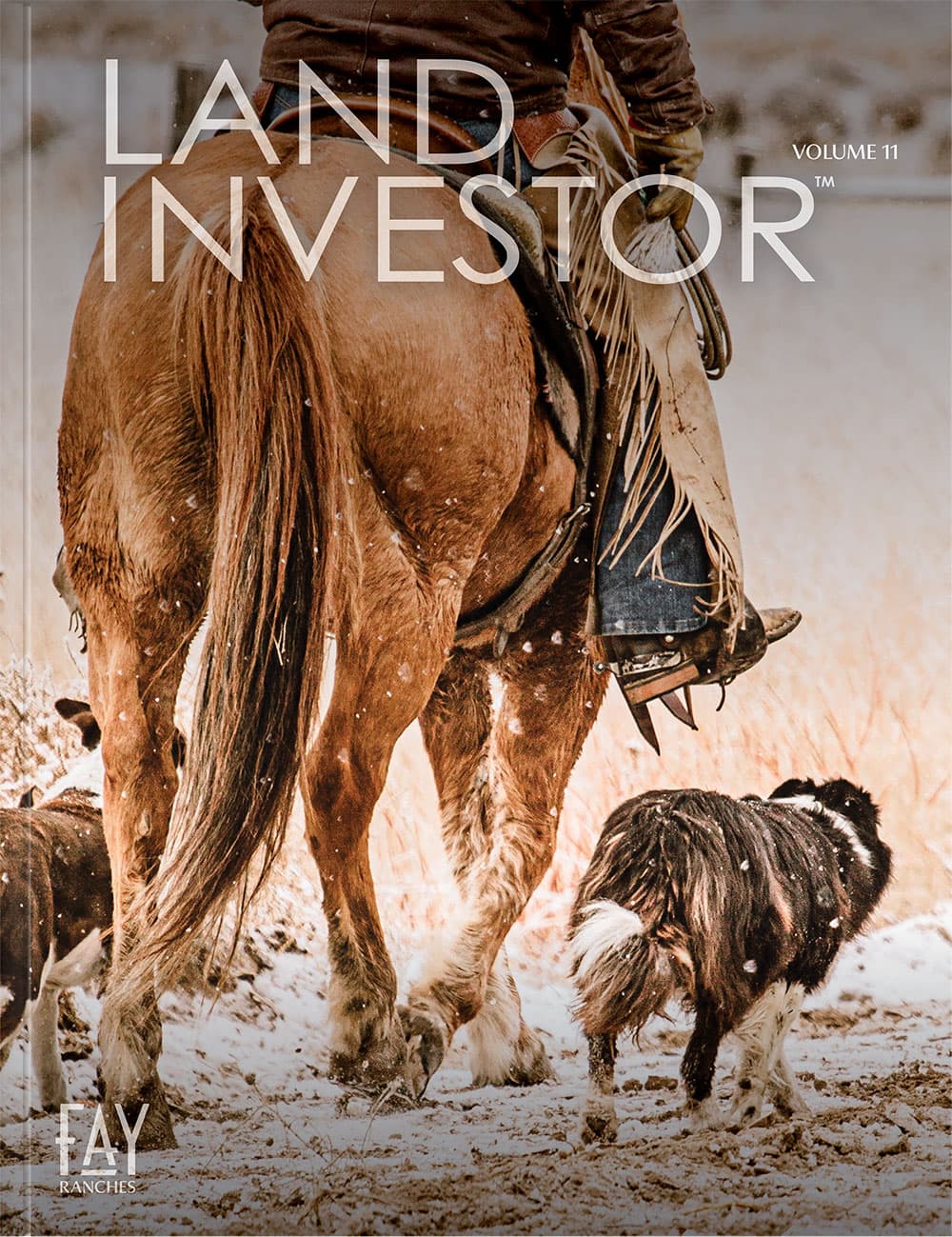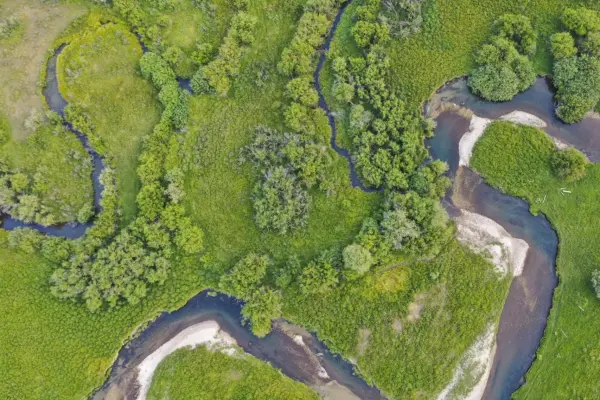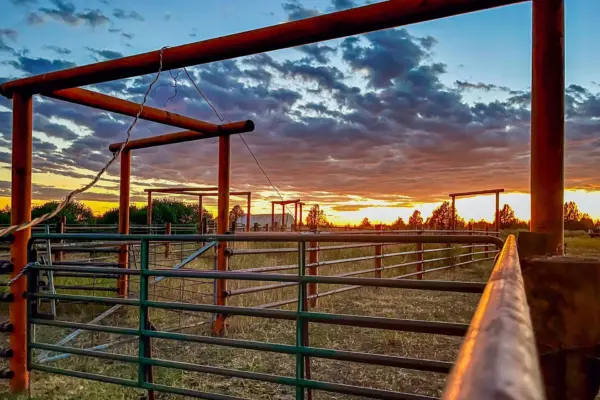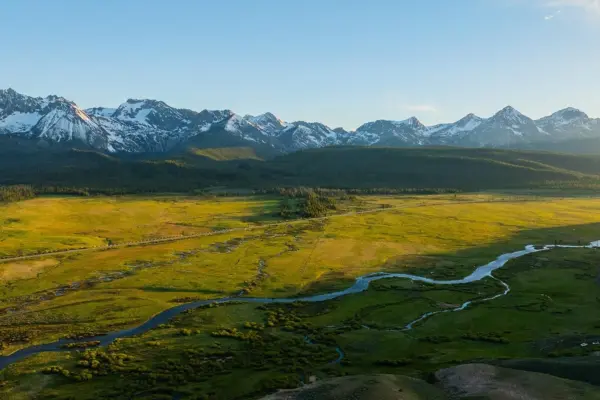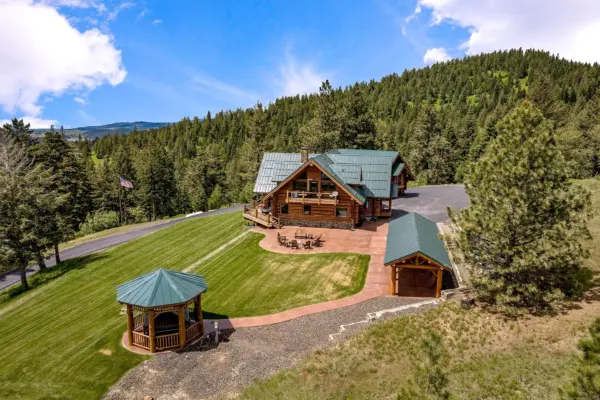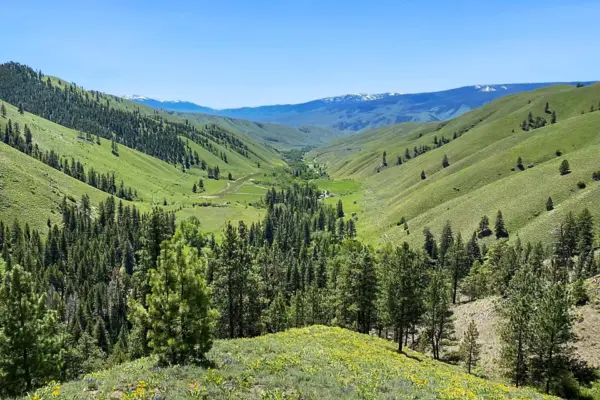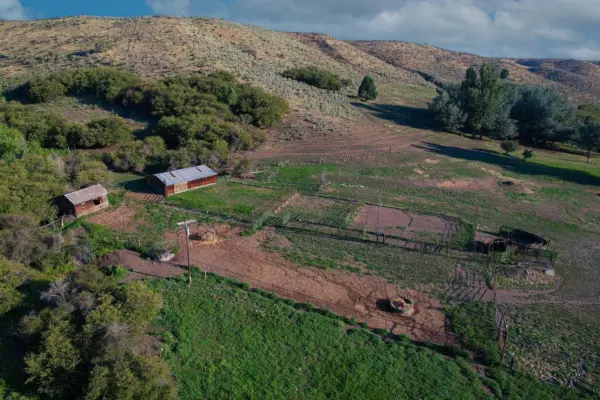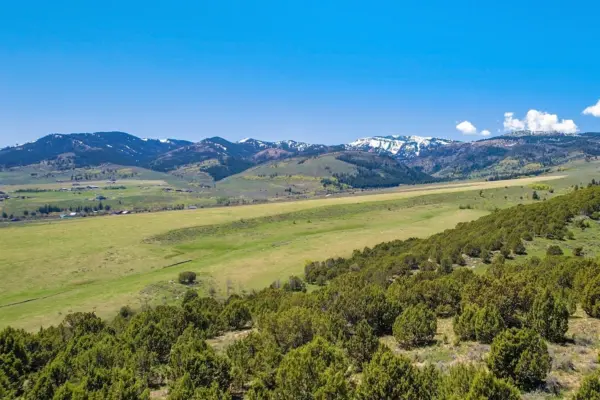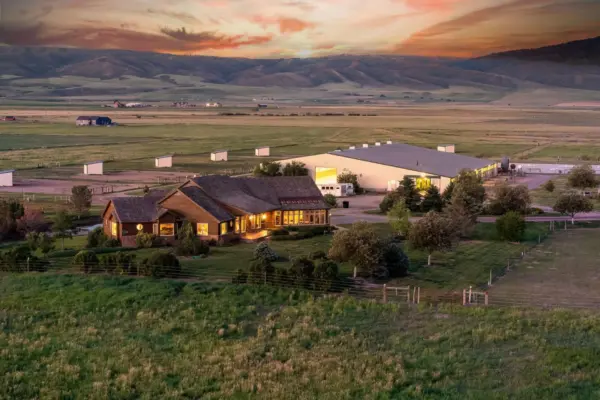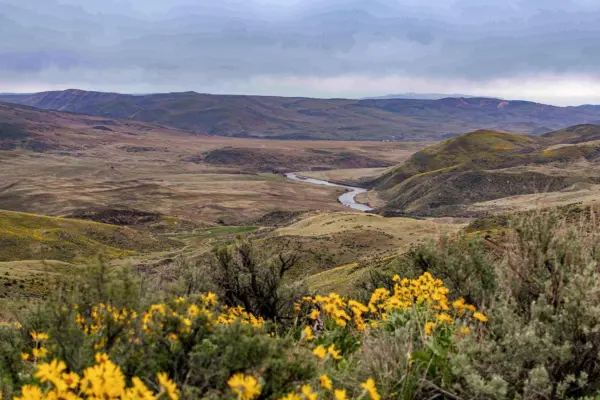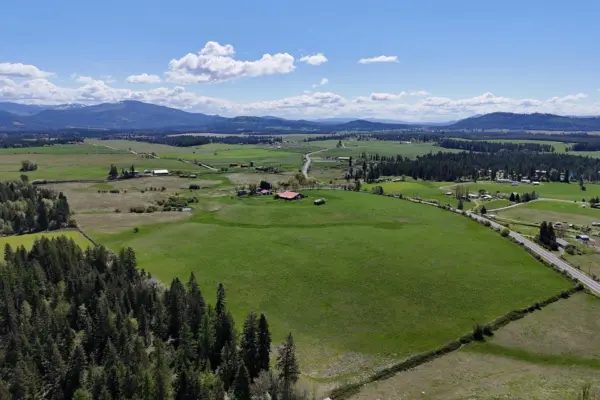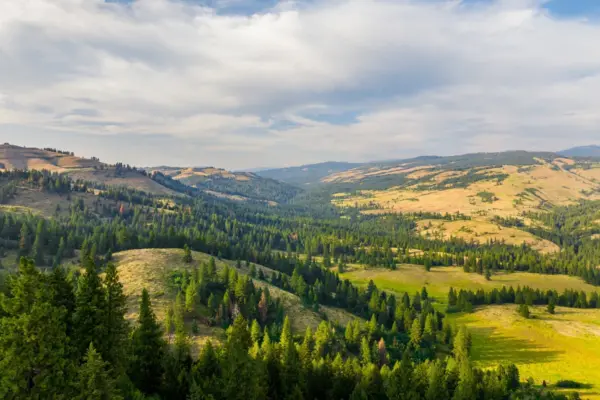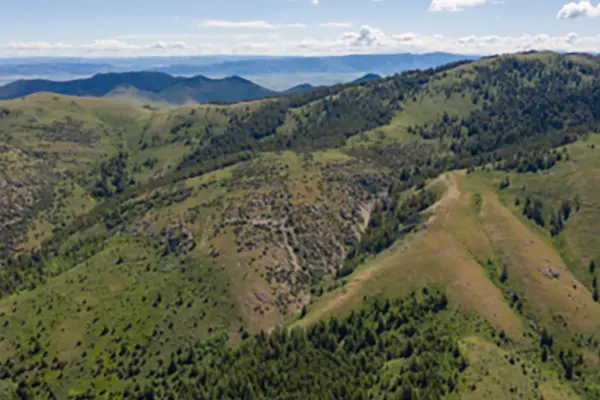#2 - Get to know your neighbors.
Like anywhere, it’s best to be on good terms with the neighbors, and out in the country this is particularly helpful. If you are on good terms, they will pull you out of a ditch, lend you a piece of equipment, and give you a lift to town when you need it. More than likely, they have been working the land for a while and have learned a thing or two that they’d be happy to share over a cup of coffee. Neighbors are a wealth of information from where the cheapest gas is in town, to what commodities yield the best gains, and who to avoid when hiring a fencing contractor. Take time to get to know your neighbors and listen to their history and perspectives on the land.
Often in the west, the largest landholding neighbor will be the state or federal government. The professionals who manage these lands are usually happy and willing to share what they know about the area. Their perspective is often backed with data that has been collected over multiple years and can be particularly insightful when looking at trends your region. The US Forest Service (USFS), Bureau of Land Management (BLM), State Lands Division, or your local land trust, know a lot about your region, current land management challenges, and cost-share programs that you might be eligible for. Your local Natural Resource Conservation Service (NRCS) and state fish and wildlife biologists are also great resources to learn about agriculture, fish, and wildlife trends on your new property.
Make a list of the ranch neighbors, introduce yourself and ask them how you can be a good neighbor, land steward, and community member.
